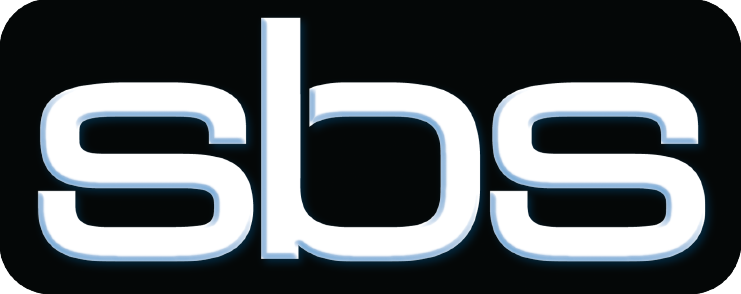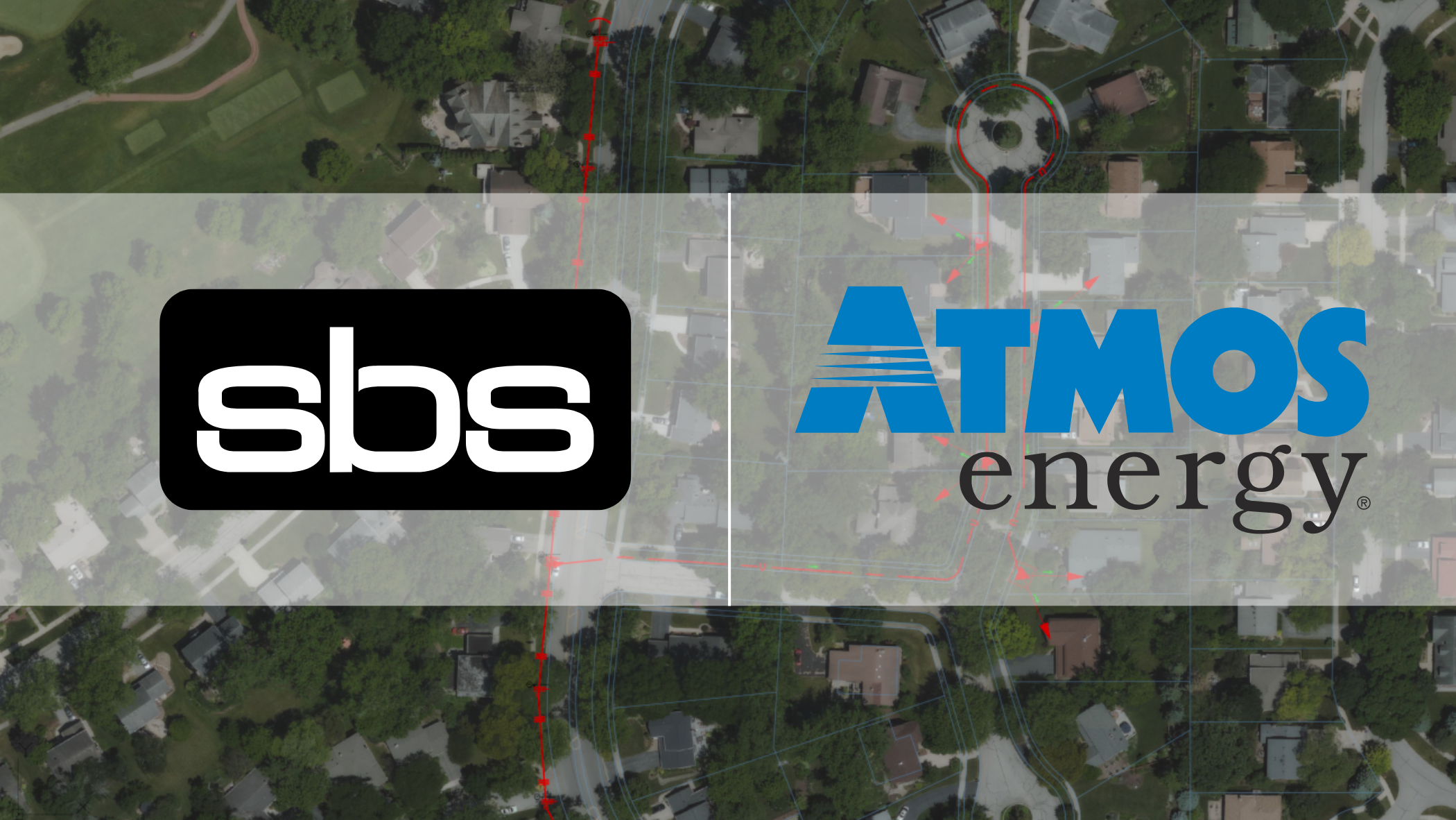For Atmos Energy, modernizing gas design wasn’t just about adopting new software. It was about rethinking how a company with more than 3 million customers, 83,000 miles of pipeline, and six regional divisions collaborates on design and data.
In a recent presentation, Phillip Murdock, Director of Engineering and Compliance, and Farren Mervicker, Manager of Application Development, Support, and Architecture, shared how Atmos implemented Automated Utility Design (AUD) while simultaneously migrating its GIS to the Esri Utility Network, completing two massive initiatives completed in parallel.
From paper drawings to digital design
Murdock has been with Atmos Energy for nearly five decades and has seen every stage of the industry’s evolution. “When I started out, we did designs on scratch pads and handed them to a draftsman who inked them on vellum,” he said. “We’ve come a long way since then.”
That long view gave perspective on the scale of change required. Atmos is the largest natural gas–only distribution provider in the U.S., serving 1,400 communities across eight states. Each division handled its own design work, meaning a single new design platform would need to support hundreds of users and local variations in process.
Two projects, one synchronized effort
As Mervicker explained, the AUD implementation and the Utility Network migration were deeply intertwined. “You couldn’t test AUD until the new Utility Network data was ready. Keeping both project teams in sync was critical.”
The company formed an integrated program that spanned IT, engineering, business process, and training groups—supported by SBS as the implementation partner. At any point, as many as 50 people were involved, from project managers and developers to trainers and subject matter experts.
Atmos’s approach emphasized governance and clarity. Murdock served as business application owner and final decision-maker, while dedicated project managers from both IT and SBS kept schedules, budgets, and change controls aligned.
Designing through collaboration
Rather than delivering requirements and waiting for results, Atmos and SBS built AUD together through a series of work-in-progress sessions. Over 12 months, the teams met multiple times each week to configure, test, and refine the system—deciding on everything from symbology colors to default material settings.
“We had to make hundreds of decisions—how valves look, how thick the line should be, what color proposed assets appear,” said Murdock. “That hands-on involvement helped our team truly learn AUD as we built it.”
This collaborative approach turned the implementation into a learning process. Designers, change champions, and IT staff gained fluency with the tool long before launch, easing the eventual transition.
A new workflow for gas design
Before AUD, Atmos designers worked in GE Smallworld using an embedded tool called GDO. Designs flowed through a custom internal system known as ACE (Asset Capture and Estimation), where engineers reviewed drawings, adjusted costs, and generated approvals before sending data to PowerPlan for accounting.
The new architecture reimagined that process. A Work Order Management System (WOMS) now feeds project metadata directly into AUD, which connects via APIs to both ACE and PowerPlan. Designers can pull in land base and gas asset data from the Utility Network, complete their layouts, and automatically generate materials, labor, and cost estimates.
“If you draw a section of poly pipe, AUD knows to include tracer wire, fittings, and anodes,” said Mervicker. “Two clicks, and the bill of materials updates automatically.”
Building readiness through training and communication
Atmos recognized early that technology adoption depends on people. Training began at project kickoff, with dedicated staff developing courses, videos, and job aids throughout the build. More than 270 employees were trained before go-live, supported by 21 change champions spread across the company’s divisions.
One of the most valued resources remains a concise AUD Reference Guide: a ten-step overview from creating work orders to posting projects in PowerPlan. Available through the company’s online learning library, it’s pinned to cubicle walls across Atmos.
“You’ve got to think about training early and often,” Murdock emphasized. “It’s just as critical as setting up AUD functionality.”
Testing, launch, and stabilization
Atmos’s QA team developed 66 automated test cases and ran more than 100 cycles using Eggplant software. After an extensive user acceptance testing phase, the system went live in October 2024, migrating more than 10,000 open designs from legacy systems over a single weekend.
A 60-day “hypercare” period followed, keeping project and support teams aligned to resolve any early issues quickly.
Lessons for large-scale change
Both Murdock and Mervicker attribute the project’s success to structure, communication, and collaboration.
“SBS brought a very robust implementation process, but they also involved us every step of the way,” Murdock said. “It wasn’t a hand-off, it was a partnership.”
Today, Atmos completes over 2,100 AUD projects annually across its six divisions. The new environment provides consistency, transparency, and a foundation for continuous improvement, proof that even the largest gas utilities can modernize their design and asset management processes through teamwork and disciplined execution.

